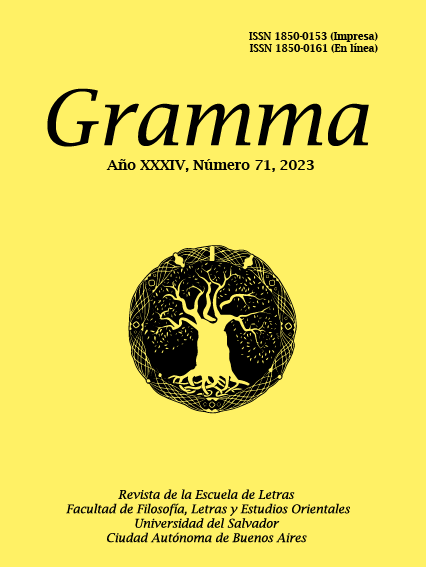Death, place and sinister in "Matar la tierra" (1952), By Alberto Rodríguez
Keywords:
Matar la tierra, Alberto Rodríguez, sinister, death, placeAbstract
Matar la tierra (1952), written by Alberto Rodríguez, has been little studied by literary critics. Among the few critics who studied his novel, Angela Dellepiane (1967) analyzes it as a novelof the land that critically expresses the interior of Argentina. Pedro Orgambide y Roberto Yahni (1970) think this text in relation to the indoamerican novel (Arguedas, Céspedes y Gallegos). They also think that the use of the interior monologue and “magic” is an important characteristic in Matar la tierra (1952). Realistic aesthetics has been the category most used to think critically aboutthe texts. Without denying previous jobs, this paper will carry outa reading of killing the floor from the concepts of death, place and sinister. Death as Justo’s antagonist who violently intervenes before his desire; place as a generator of violent situations; floor and place as generators of death; the representation of a floor that leads Justo to a murderous attitude. All of this allows us to think about AlbertoRodriguez’s novel in relation to Freud’s concept of the sinister.Downloads
Published
How to Cite
Issue
Section
License
Works published in this journal are licensed under a Creative Commons Attribution-NonCommercial-
Works published under this licence may be shared, copied and redistributed in any medium or format. Adaptation, remixing, transformation and creation are also authorised. Both sharing and adapting are permitted as long as credit is given to the work appropriately, providing a link to the licence and indicating whether changes have been made. Commercial use of the material is also not possible.








